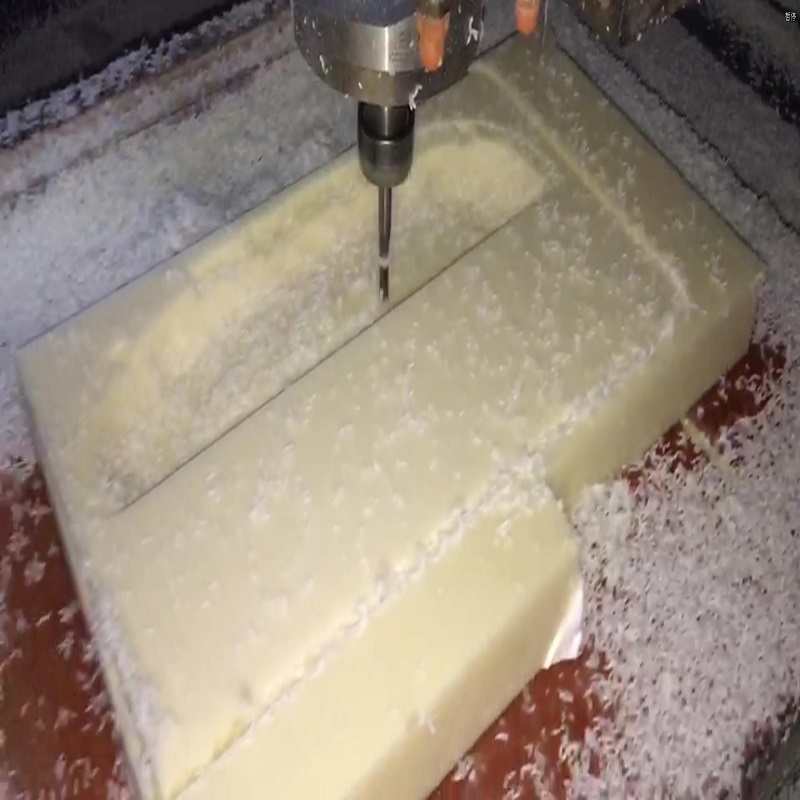How the prototype been made?
Prototypes can be classified as CNC prototypes, 3D printing prototypes, SLA prototypes, SLS prototypes, and silicone rapid prototypes in accordance with a variety of processing devices and techniques.
CNC prototype should go through the procedure from programming, CNC machining, grinding, painting, silk-printing etc.
1. Pre-production Estimation: Basically, before each of the prototyping processes begins, the engineer needs to consider every detail about the prototype. Therefore, a comprehensive plan of best-suited materials, the thickness of paint on the surface, allowance for finishing, finishing methods, packaging materials, and even the work allocation for processing, finishing, assessing, assembling, and packing is demanded.
2. Programming: Usually, Programmers judge the format of the customer’s 3D drawing prior to analyzing them via computer software and transforming the figures and data in the drawing into machine commands. To be specific, all variety of prototyping machines has its cognizable 3D format or formats. By contrast, unmatched 3D format files imply the additional reformat charge or failure of production.

3.CNC machining: Programmers import the commands into CNC machines and guide the spindle to designed locations and depths of the material in order to shape the basic profile of the prototype.
4.Manual processing: The first step of manual processing is the verification of data. Once the machining process finished, it is required to check that all the parameter from the finished part is identical to the drawing. Then, the bur edges incurred in the process of CNC machining should be removed by hand force before splicing the spare parts into one if required. Finally, it is hoped that the spliced trails can be eliminated with the greatest efforts.
5.Surface finishing: the surface effect is a very important element of a product. And for different materials, there are quite a number of options for surface finishing which include painting, silk-printing, laser-etching, anodizing, and draw benching.
6. Assembling and packing: The finished prototype should be tested by testing assembling before shipping. The performer should record if there is any problem and return the problematic item(s) to the production line. Then, the final step - packing is also crucial which ensures clients to receive a lossless prototype.

